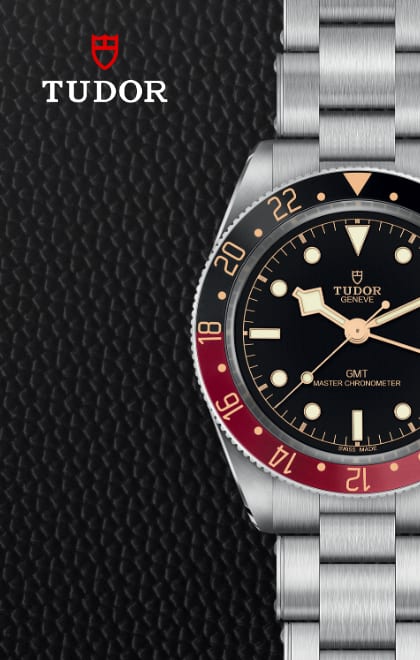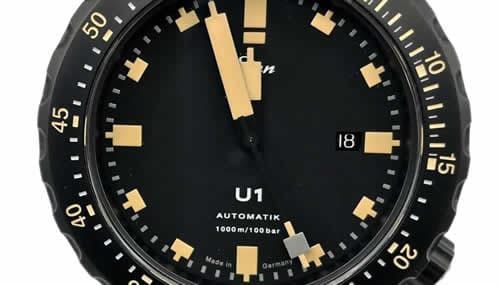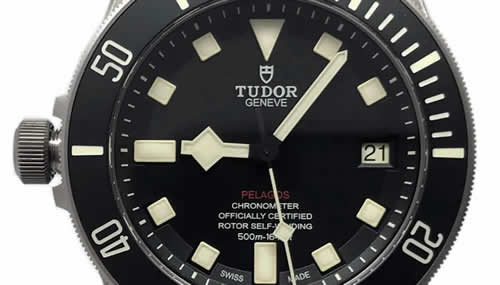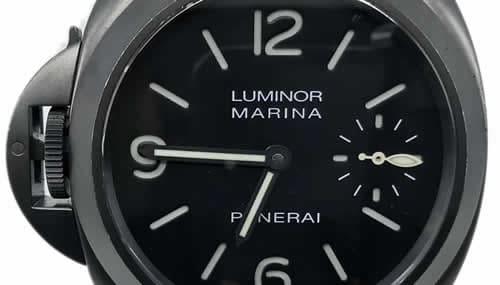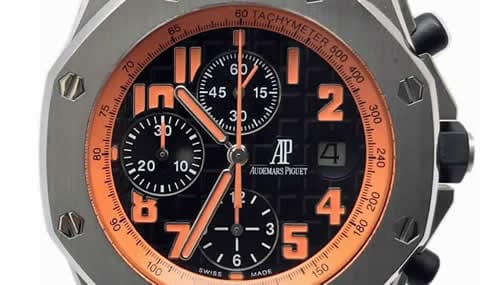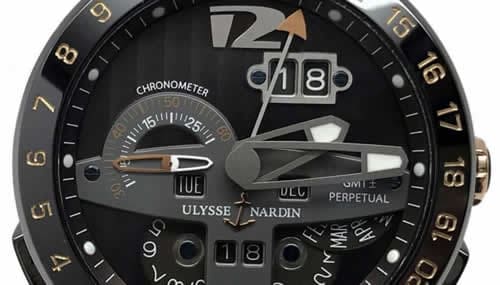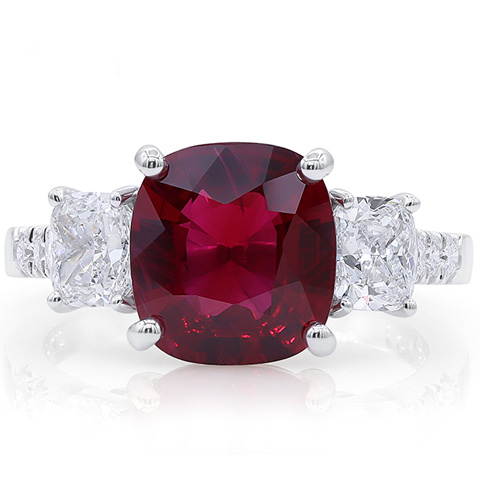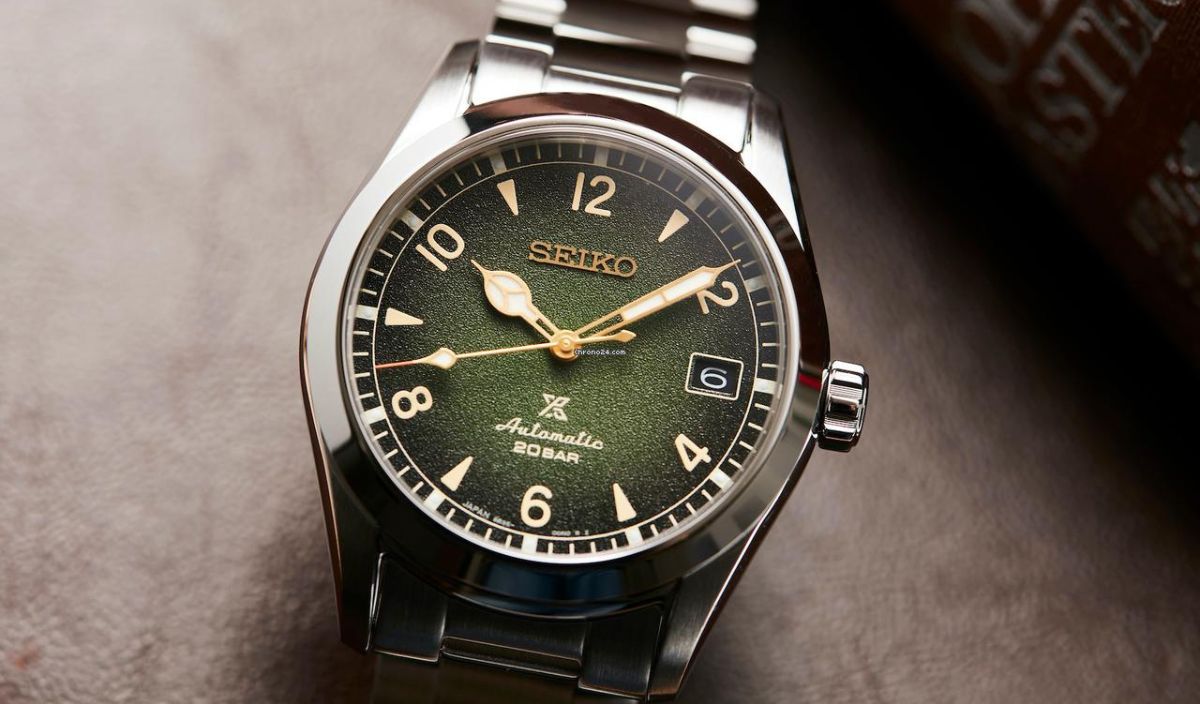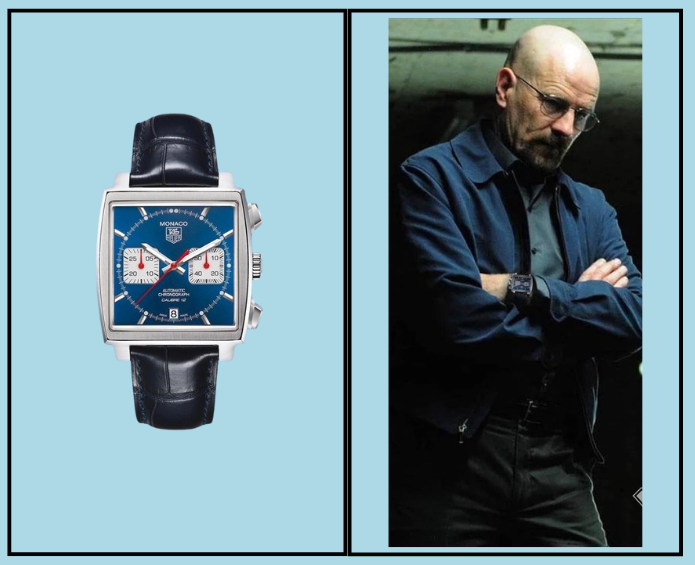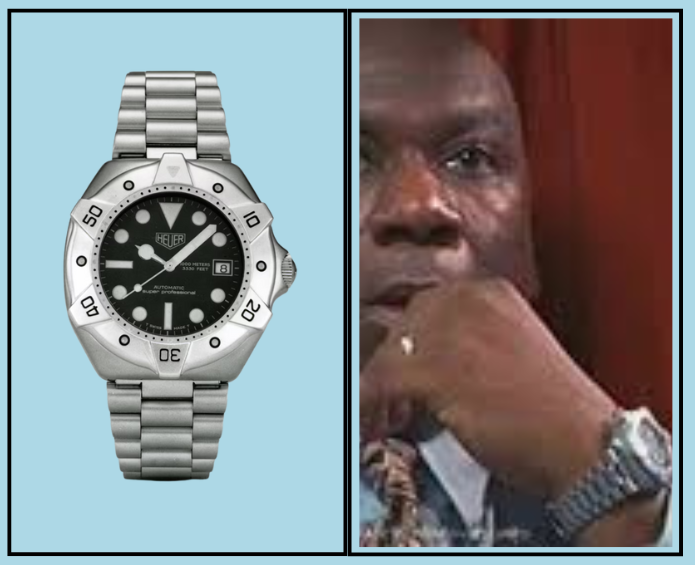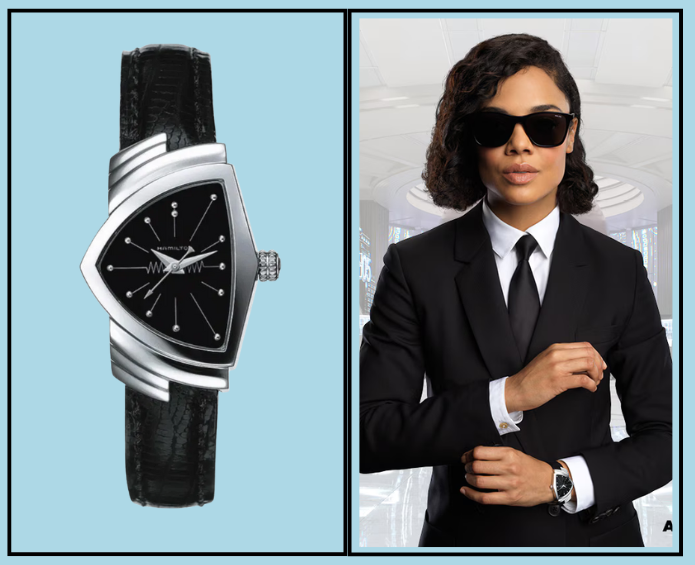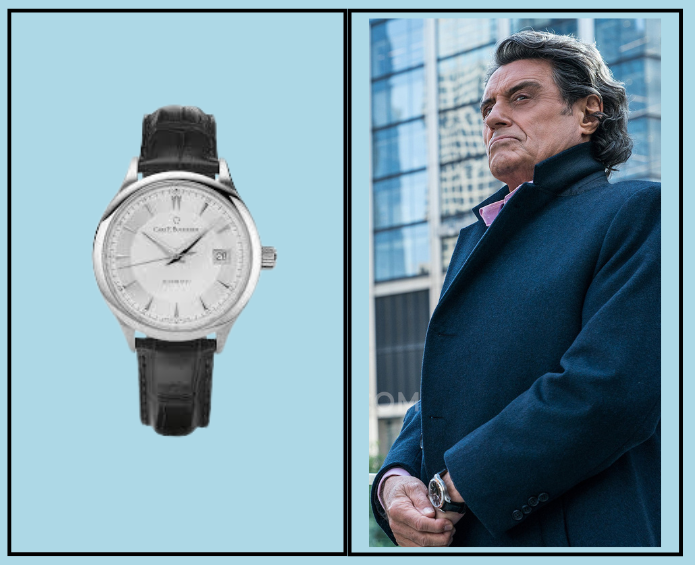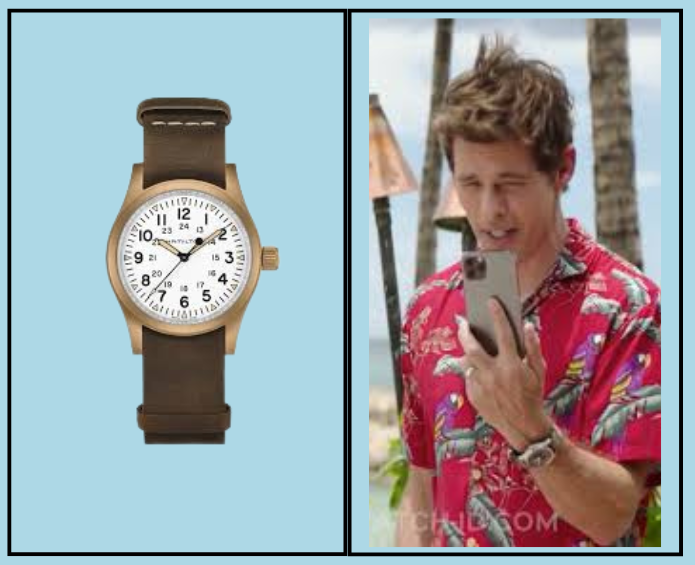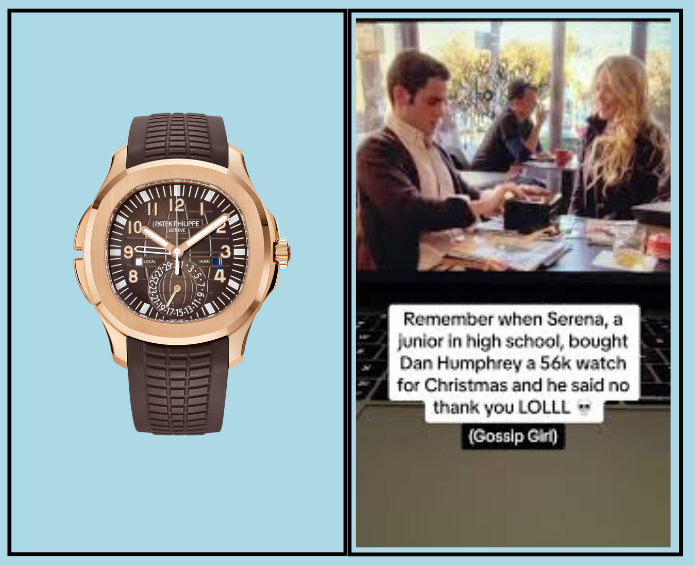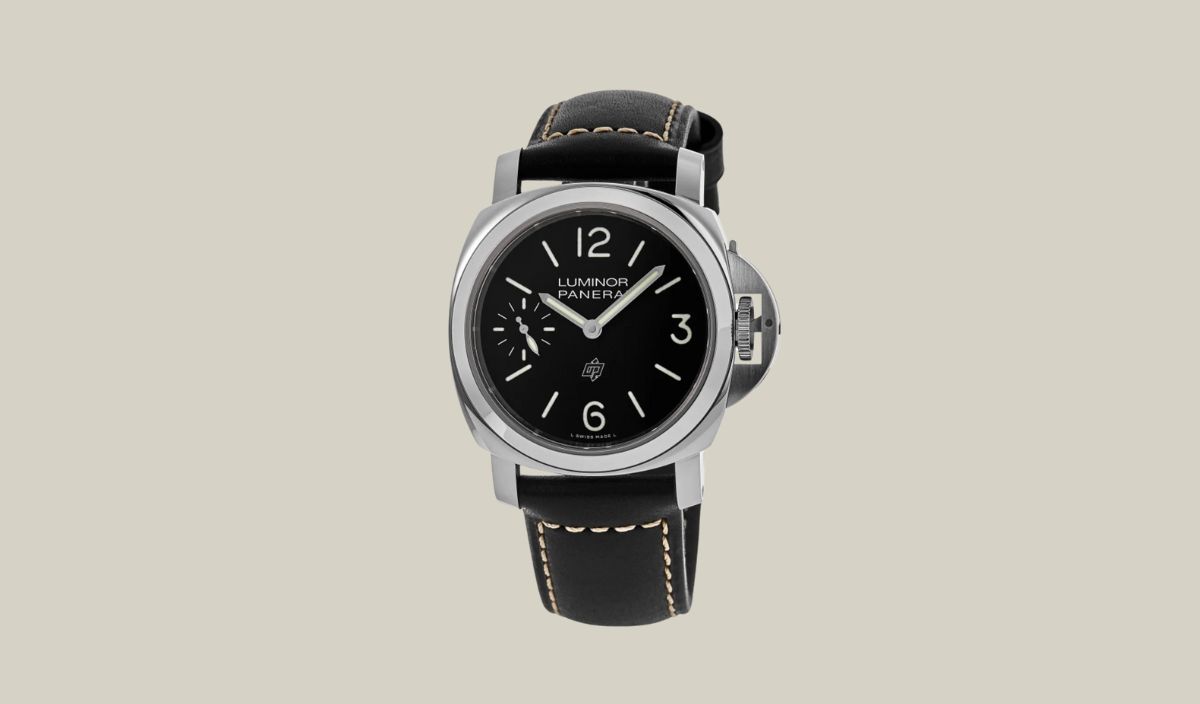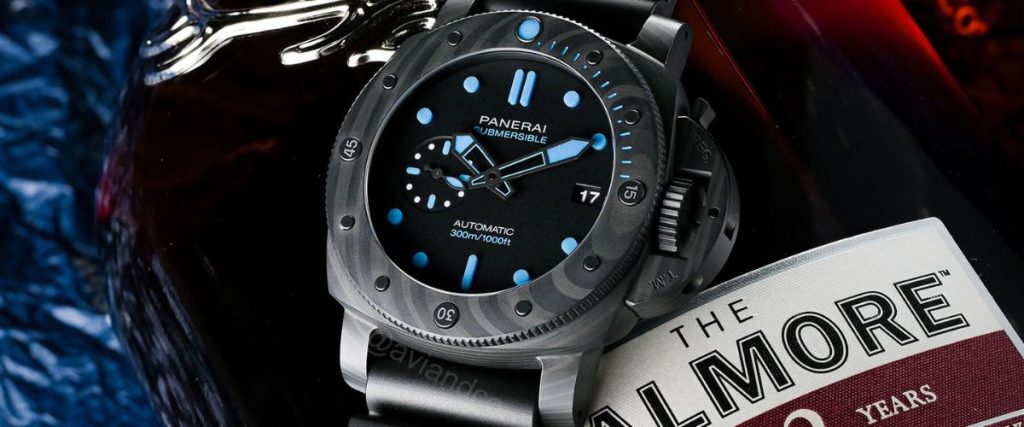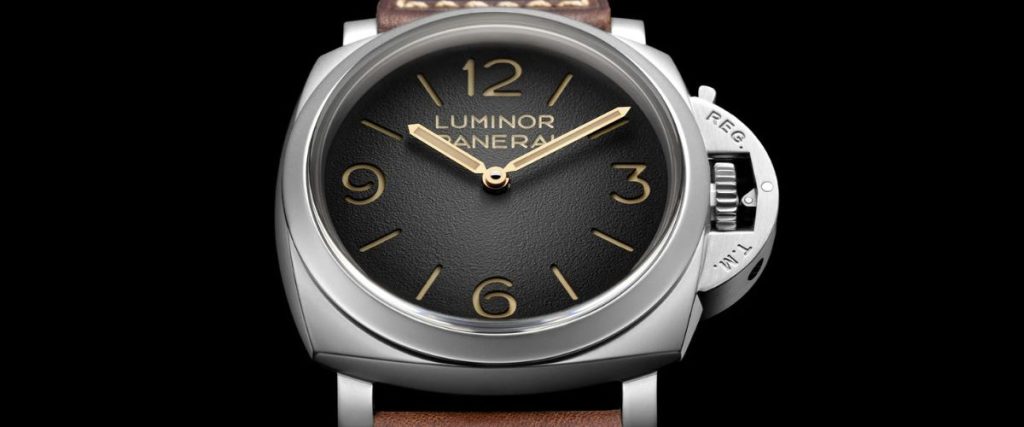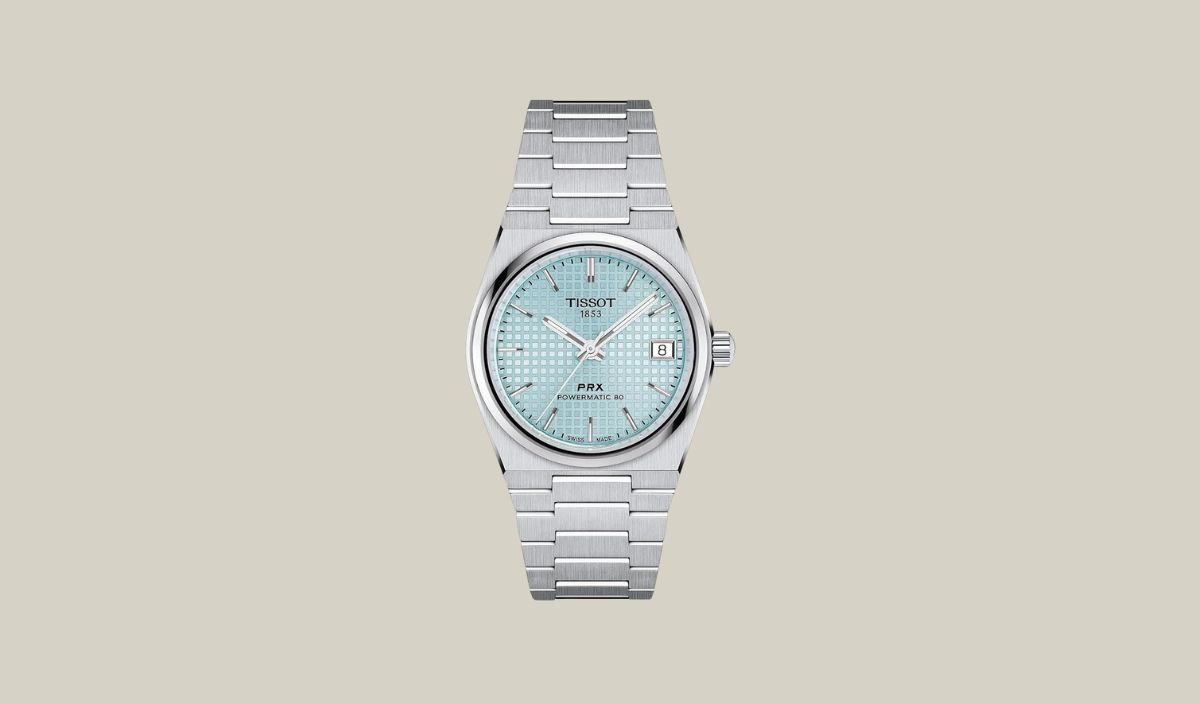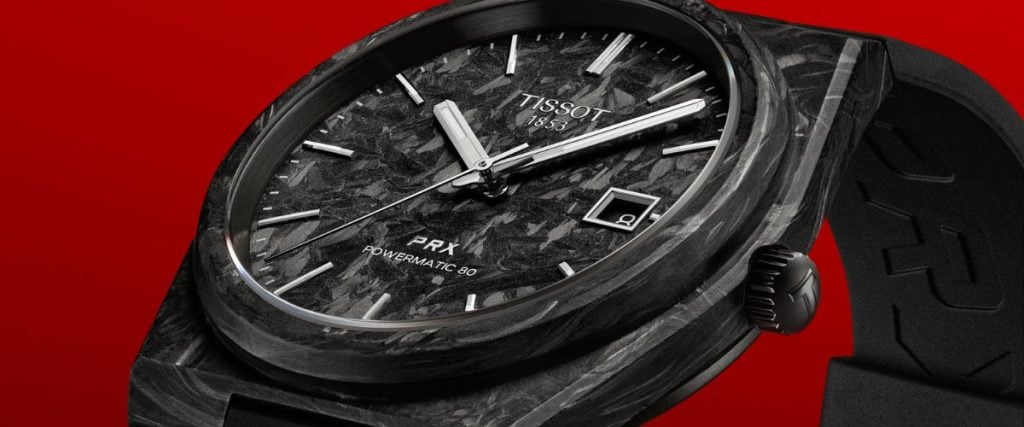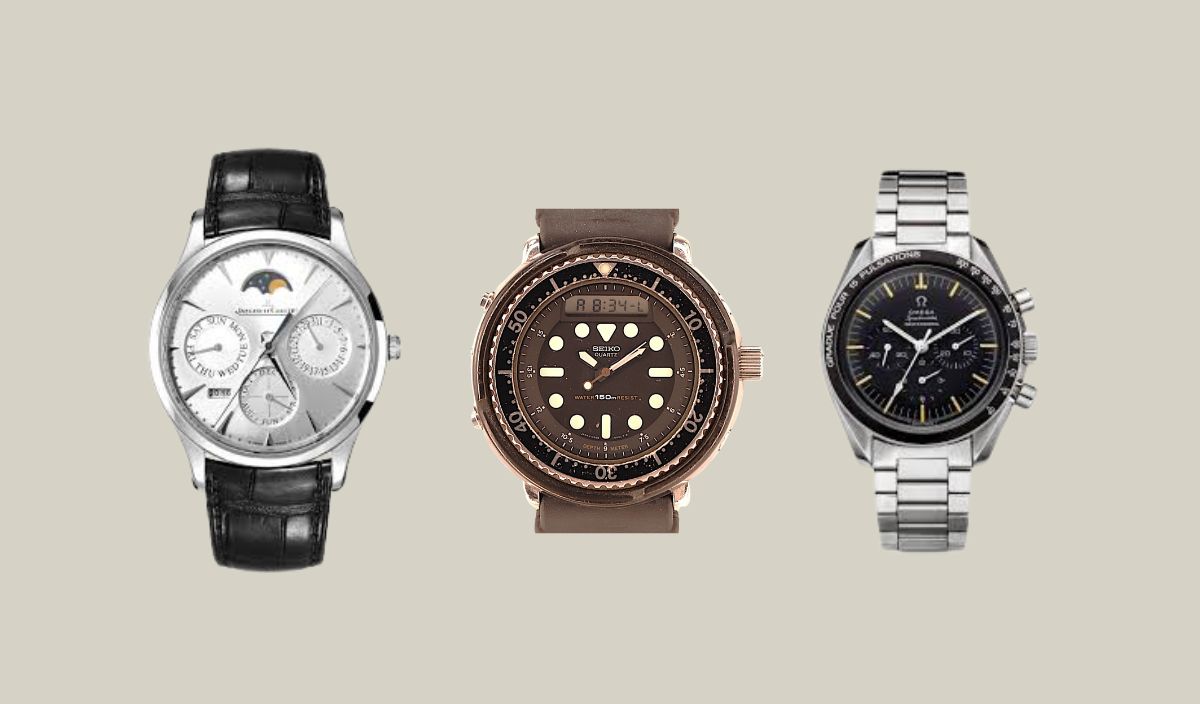
From the Silver Screen to Your Wrist
If you’re like me, you notice watches everywhere you go. Walking through the mall, going to the supermarket, or walking around the workplace, my eyes are always keenly aware of the watches people are wearing. And the same can be said for films.
I always check the timepieces, with great excitement, on the wrists of actors and actresses who grace the silver screen. And judging by the marketing strategies of many famous watch companies, there is—and always has been—a great connection between horology and Hollywood.
Brand ambassadors show up daily on my social media feed, or on a billboard, a commercial, and on and on. I have to be honest: I love it. I think that horology needs the exposure that these brand ambassadors, and films, can bring to younger generations.
Okay—let me spare you from rattling on about watch marketing strategy and film. I’ve curated a list of ten iconic film watches, so grab your bucket of popcorn, get a cozy blanket, and…lights, camera, action!
10. Seiko “Arnie” (ref. H558-5009)
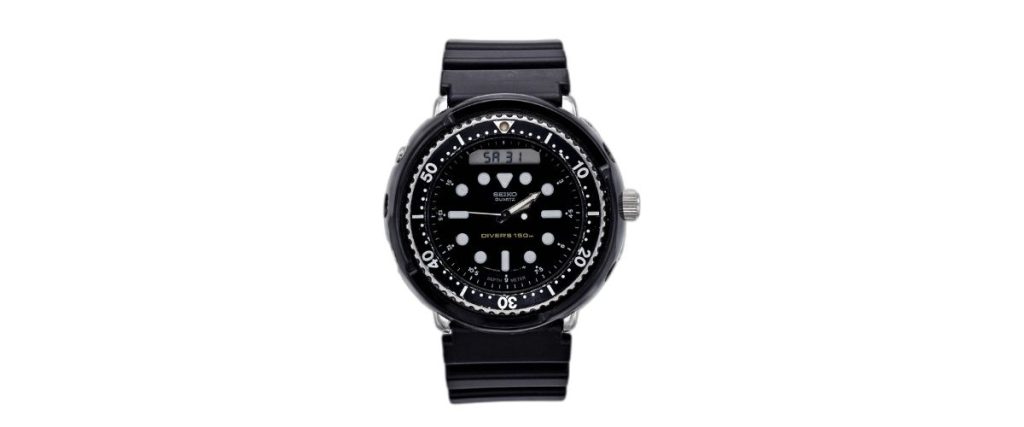
I hadn’t originally planned to include the “Arnie” on this list, but recently I was with my uncle Luigi, an avid collector who is responsible for getting me into this hobby in the first place (I am grateful, my wallet is not).
He was wearing the original H558, and we started talking about the watch. I quickly realized that it deserves a spot on this list!
Originally released in 1982, the Seiko H558 was the first of its kind: a hybrid dive watch interweaving both digital and analog technology.
It was and is befitting of Arnold Schwarzenegger who famously portrayed T-800 in the iconic Terminator—like the watch, he was two technologies in one package: man and machine.
Though he didn’t wear the watch in the post-apocalyptic sci-fi, he first wore it a year later in Commando (1985), and then again in Predator (1987) and Raw Deal (1986). This gave the watch a cult-like following, and it’s been popular ever since.
Equipped with features like three time zones, a chronograph, an alarm, and a trusty backlight, this multifaceted “tool” watch was a true purpose-built machine.
The H558 was discontinued in 1990. The secondary market is the only place serious collectors can attain the original today, with prices ranging from around $500 into the thousands, depending on condition.
If you prefer something a bit newer, Seiko’s most recent offering is the SNJ025, a solar-powered reissue released in 2019 with an MSRP of $525.
9. Jaeger-LeCoultre Master Ultra Thin Perpetual (ref. Q130842J)

I was twenty-six years old when the first Dr. Strange film was released. At that time, I was just getting into horology as a serious collector, and I remember being so impressed with how much Benedict Cumberbatch’s character interacted with watches in the film.
As a wealthy and successful surgeon, Dr. Strange had quite a collection, and we get a momentary glance at his watch winder filled with the likes of Rolex and Cartier. But it’s his Jaeger-LeCoultre Master Ultra Thin Perpetual, gifted to him by his love interest, Christine Palmer, that steals the show.
My God—what a watch, I remember thinking, when I first saw him put it on. I cringed when he got mugged in Kathmandu, leading to the watch’s crystal shattering. He still wore the watch—it remained a sentimental piece to him, and this really resonated with me as a collector.
Though the “exact” reference from the film has been discontinued, the almost identical ref. Q114842J features a 39mm stainless steel case, 9.2mm thick, housing the in-house automatic Calibre 868 with a 70-hour power reserve.
It offers perpetual calendar functions—including day, date, month, year, moonphase, and a red “danger zone” indicator—requiring no manual correction until the year 2100, and maintains high accuracy typical of JLC’s in-house calibers. You too can be like Dr. Strange—you just have to cough up the MSRP of $28,500.
8. Omega Speedmaster Professional (ref. 105.012)
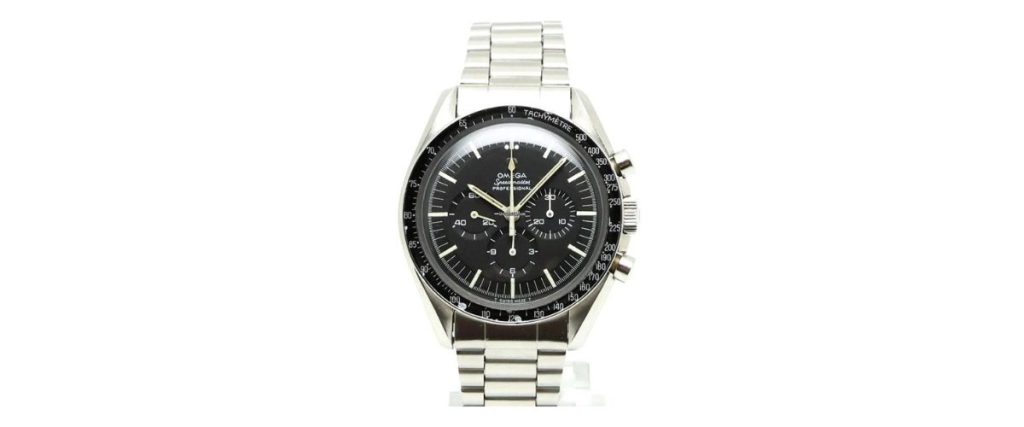
Everyone loves a Moonwatch. Heck, Swatch Group, arguably, released the most important watch of the 21st century with their MoonSwatch.
Nominated for nine academy awards, Apollo 13 is accurate in its depiction of Omega’s icon, with all the astronauts—Jim Lovell (Tom Hanks), Fred Haise (Bill Paxton), and Jack Swigert (Kevin Bacon)—shown wearing the Omega Speedmaster Professional, commonly known as the “Moonwatch.”
While the exact reference worn by Tom Hanks in the film is not definitively confirmed, the 105.012 is the most historically accurate model associated with Jim Lovell and the Apollo 13 mission.
Early vintage models from 1965 through the 70s are sought by collectors, with well-kept models commanding prices upwards to $10,000. Let’s say vintage isn’t your thing—no problem.
Omega has been quite faithful to the original watch, with ref. 310.30.42.50.01.002 (Speedmaster Moonwatch Professional) having almost identical dimensions. With an MSRP of $8400, you can marry horology, astrology, and cinematography all in one sleek package!
7. Hamilton Ventura Edge, Dune Limited Edition (ref. H24624330)

I had to include Lisan al-Gaib’’s (Timothy Chalamet) watch on this list. Designed in close collaboration with Dune: Part Two prop master, Hamilton designed and created the custom “Desert Watch” to fulfill filmmaker Denis Villeneuve’s vision for the film.
Not only am I a huge fan of the Dune films, accentuated by Timothy Chalamet’s exceptional acting, but I love the cinematic partnerships that Hamilton has cultivated with the film industry (with another one of their watches on this list).
With a 51x47mm, the case shape is directly taken from the Ventura line, and I have to admit…it works really well here. Though it is not identical to the “Desert Watch” from the film (which has limited screen time, besides), it is clearly directly inspired by it.
As an authorized dealer of Hamilton watches, Exquisite Timepieces can help you acquire your own “Desert Watch.” With an MSRP of $2500, joining House Atreides has never been easier.
6. Oris Modern Classic 7490 (ref. 633 7490 4061LS)
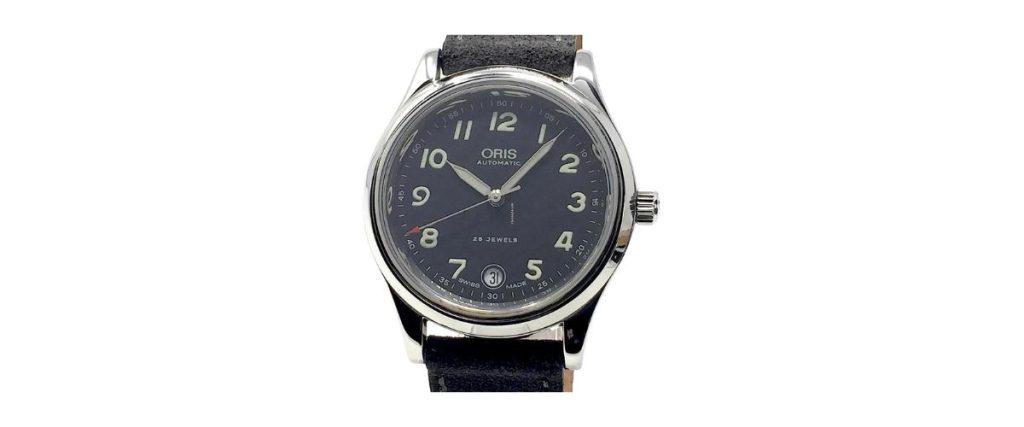
In 2005, beloved actor Keanu Reeves played DC comics antihero, John Constantine. In the movie, he kicked plenty of demon ass wearing a pretty simple Oris watch with date complication at the 6.
Both the movie and the watch garnered a following, with the Oris “Constantine” reference, if you can find it, commanding upwards to $4000—a farshot from its original MSRP of around $1000.
Though Oris no longer makes the Modern Classic, you would be hard-pressed to find a better bang-for-your-buck than you could from their Artelier or ProPilot collections, which do share a lot of the same design language as the “Constantine” watch.
5. Omega Seamaster 300 “SPECTRE” (ref. 233.32.41.21.01.001)

James Bond is synonymous with cool toys: guns, cars, gadgets, and watches. Earlier iterations of the character wore Rolex watches, but that all changed in 1995 with Pierce Brosnan’s Goldeneye.
Omega became Bond’s darling, and though I was tempted to include that original reference, the SPECTRE is just too damn cool. Released alongside the 2015 film—and limited to 7,007 pieces, the SPECTRE was just the perfect neo-vintage timepiece.
They can’t be purchased new anymore for obvious reasons, and preowned examples go for about $10,000, if you can find them.
But I have good news: The Seamaster 300 Master Chronometer (ref. 234.30.41.21.01.001) is almost identical to the original SPECTRE watch, but it comes on a bracelet and has a traditional diver’s bezel as opposed to the 12-hour bezel on Bond’s. The Seamaster 300 Master Chronometer has an MSRP of $7400.
4. Captain Koon’s Vintage Lancet
Maybe you’ve seen the scene before. Maybe you haven’t. But it is one of the most relevant “wristwatch” scenes in all of cinema.
I can hear Christopher Walken’s words: “Hello, little man. Boy, I sure heard a lot about you. See this watch? This watch I got here was first purchased by your great-granddaddy during the First World War…”
Christopher Walken’s unforgettable monologue, delivered with memorable intensity and deadpan sincerity, elevates the watch to an almost mythical status.
The watch in question is an unassuming vintage Lancet. In the early to mid-20th century, Lancet was a company that manufactured swiss-made mechanical watches at affordable prices.
Luckily, you don’t have to shell out thousands and thousands of dollars for a similar vintage piece from Lancet. Well-kept examples are just a few hundred dollars!
3. Khaki Field Murph Auto
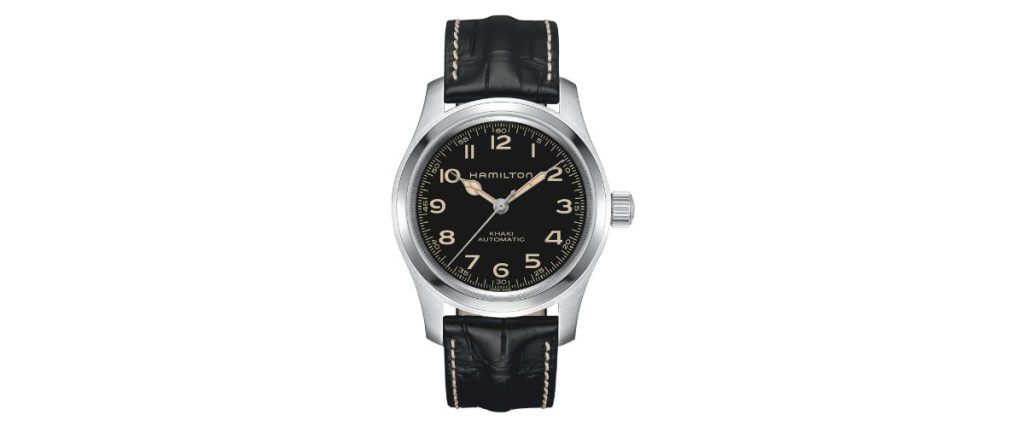
I promised another Hamilton watch, and I’d wager that this is one of the most recognizable and beloved film watches in recent memory. It’s just such a cool watch—thanks Matthew McConaughey.
Besides the emotional connection and significance of the watch between father and daughter, Cooper communicates with Murph through time and space by way of Morse Code through the ticking of the watch’s second hand.
A Morse Code Easter egg is patterned along the second hand of the 42mm version of the Murph. Specifically, the second hand has Morse code dots and dashes printed along it, which spell out the word “Eureka”—a key message from the Interstellar movie, symbolizing the moment of discovery by Murphy Cooper.
For those who prefer something a bit smaller—aligned with current trends, a 38mm version is available. Both versions have an MSRP of just under $1000.
2. Omega Seamaster Diver 300M “007” Edition (ref. 210.90.42.20.01.001)
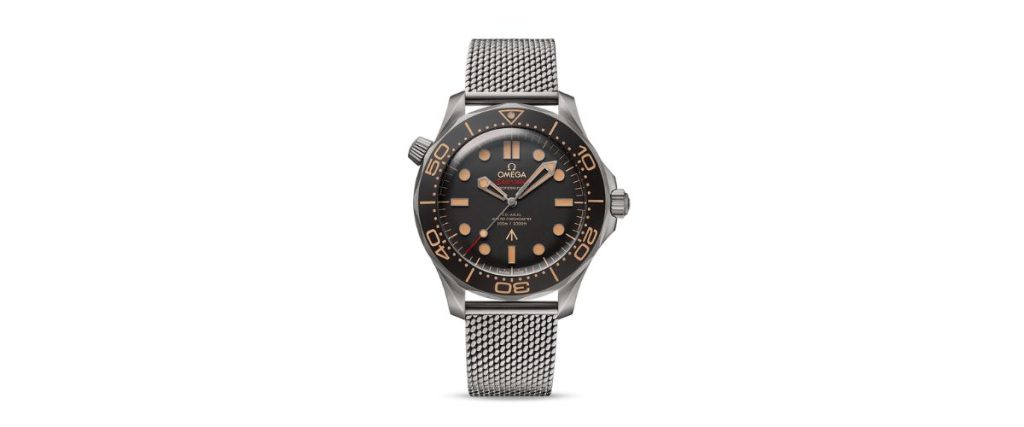
007 earns two watches on my favorite film watch list—though it would be just as easy to write an entire blog about the watches that Bond famously wore through the decades.
Daniel Craig’s last appearance as Bond was in 2021’s No Time To Die. This timepiece was co-designed with Craig himself to reflect Bond’s military background and the actor’s personal taste.
It’s an absolutely stunning watch in person. Oh—it’s also not a limited edition model, so you can walk into an Omega authorized dealer to pick one up today! With an MSRP of $10,600, a stunning titanium case and a really comfortable mesh bracelet, the Omega Seamaster Diver 300M “007” Edition will have you doing your best Bond impression: “The name’s Bond. James Bond.”
1. Heuer Monaco (ref. 1133B)
Worn by the legendary Steve McQueen in the 1971 film Le Mans, the Heuer Monaco was a truly unique square-cased chronograph with a blue dial.
The model was introduced in 1969 and was one of the first automatic chronographs, featuring the Calibre 11. Mcqueen actually chose to wear the Monaco for the film, and this cemented its popularity and iconic status.
Vintage Heuer Monaco 1133B watches without celebrity provenance typically range from approximately $14,000 to $22,000, depending on condition and originality.
The original Heuer 1133B worn by McQueen in the film sold for $1.4 million dollars in 2024. But there’s good news: Tag Heuer released a homage model (ref. CAW211P.FC6356) with a retail price of $8100.
…and cut! [Conclusion]
There are few things as timeless as going to the cinema. There’s just something so special about the smell of popcorn, the dimming of the lights, and the telling of visual stories that capture the hearts and minds of millions.
Timepieces, however, are one of those “things” that are as timeless as going to the cinema—no pun intended.
If you’re anything like me, which by reading this blog you probably are, then I’m sure your eyes will gravitate to the wrist of the actor on screen, where a carefully chosen timepiece quietly plays its part—not just telling time, but adding depth and character to the story unfolding before you.


